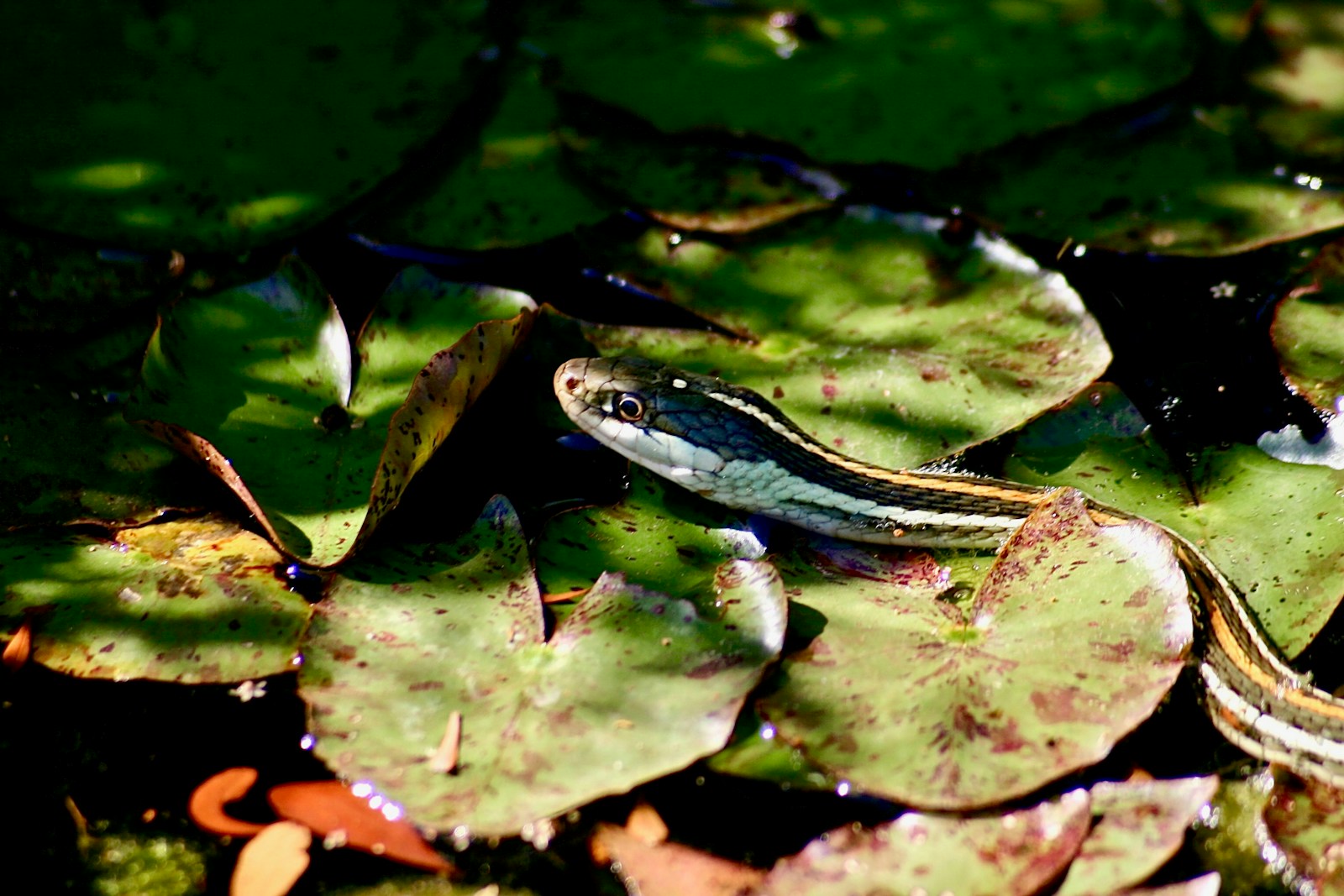In the murky waters of wetlands across North America lurks one of nature’s most cunning hunters. The water snake known as Nerodia, particularly the Northern water snake (Nerodia sipedon), employs a remarkable hunting strategy that showcases the sophisticated evolution of predatory behavior. Unlike many snakes that rely on speed, venom, or constriction, these semi-aquatic reptiles have developed a fascinating technique that manipulates water physics to their advantage. By creating specific water ripples to confuse fish, these snakes demonstrate how evolution has refined hunting methods to exploit the sensory systems of prey. This article explores the ingenious strategy of water snakes, their unique adaptations, and the science behind their ripple-hunting technique.
The Masters of Aquatic Deception
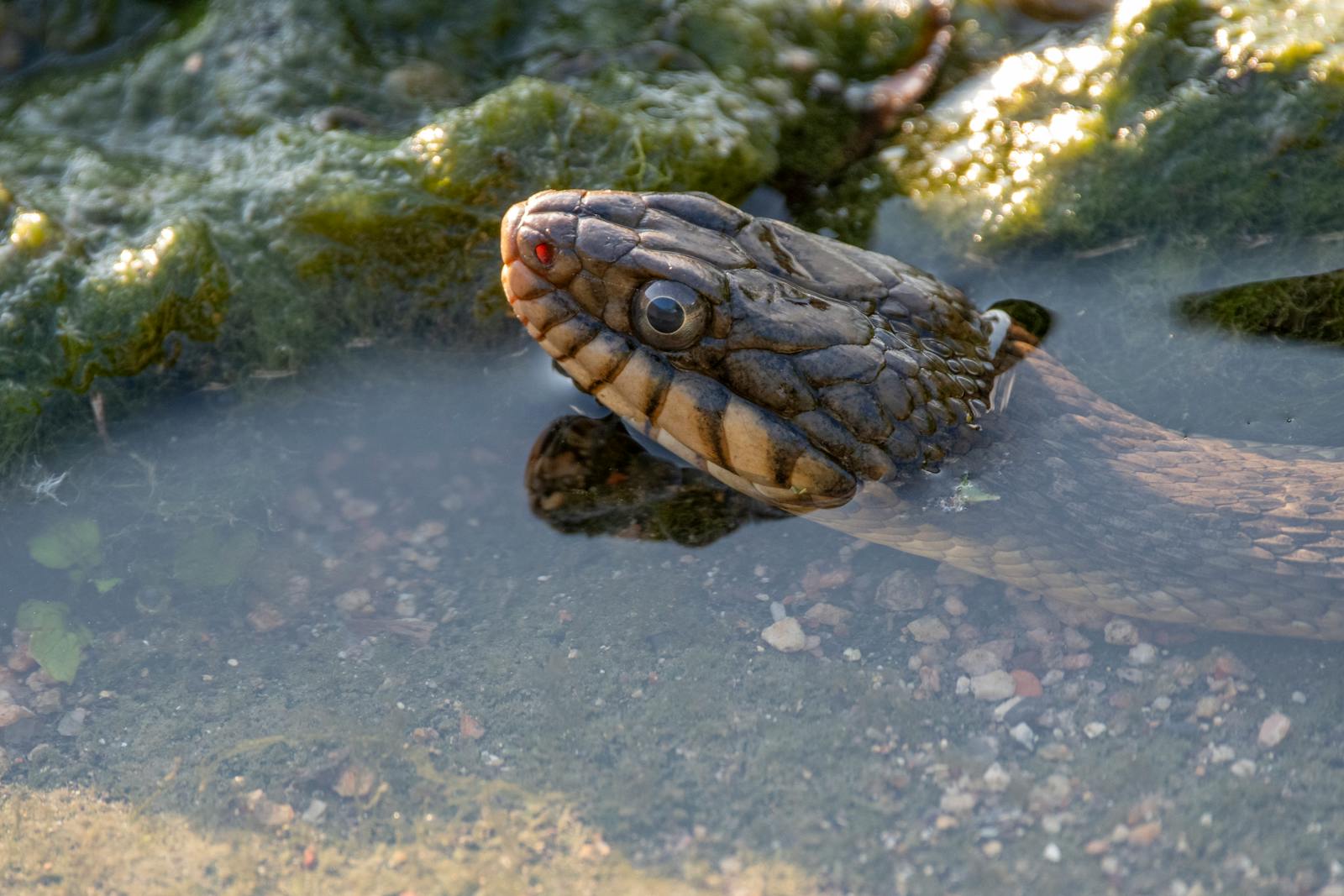
Water snakes of the genus Nerodia have perfected a hunting technique that few other reptiles can match. These non-venomous colubrids spend much of their lives in or near water bodies, making them specialized for aquatic hunting. When hunting, they don’t simply chase after fish randomly; instead, they employ calculated movements that create specific water disturbances. These disturbances or ripples confuse nearby fish, disrupting their ability to determine the source of the threat. This sophisticated strategy allows the snake to approach prey that would otherwise dart away at the first sign of danger, showcasing a level of hunting finesse that has evolved over millions of years of aquatic specialization.
The Science Behind Ripple Confusion
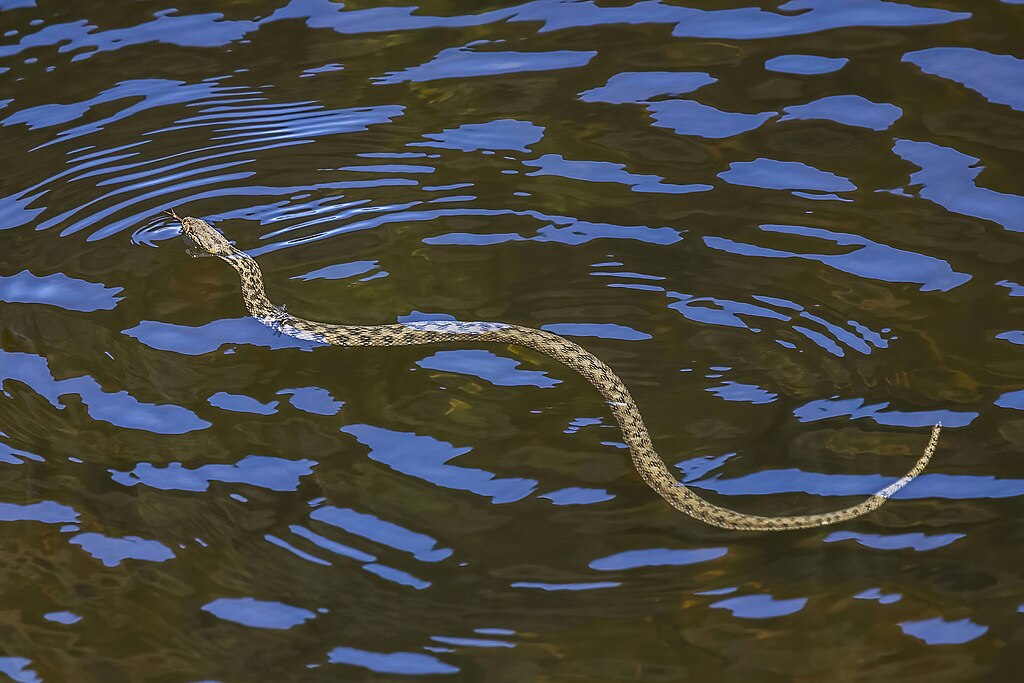
The effectiveness of the water snake’s ripple technique lies in understanding fish sensory biology. Fish possess a specialized sensory organ called the lateral line, which consists of fluid-filled canals running along their bodies with hair-like sensors that detect water movement and pressure changes. Under normal circumstances, this system allows fish to detect predators approaching through water. However, water snakes have evolved to exploit a vulnerability in this system. By creating multiple ripples or disturbances in different directions, the snakes essentially “jam” the fish’s lateral line system, creating conflicting signals about where the threat is coming from. This sensory overload causes momentary confusion in the fish, providing the critical split-second advantage the snake needs to strike successfully.
Anatomical Adaptations for Water Hunting

The Northern water snake and its relatives possess specific physical adaptations that make their ripple-hunting technique possible. Their bodies are generally more robust and muscular than many terrestrial snakes, allowing for powerful swimming and precise movement control in water. The positioning of their eyes and nostrils on the top of their heads permits them to see and breathe while the rest of their body remains submerged. Additionally, their scales have a slightly keeled structure that helps with both swimming efficiency and creating the specific water turbulence needed for hunting. These physical characteristics, combined with a specialized muscular control of their bodies, allow them to produce the precise ripple patterns that disrupt the fish’s sensory capabilities.
The Ripple-Making Technique

The actual process of creating confusion ripples involves sophisticated body movements that water snakes have perfected over evolutionary time. When a water snake spots potential prey, it doesn’t immediately lunge forward. Instead, it carefully positions its body in a J-shape or loose coil near the surface. Then, with calculated movements, it will flick its body or tail in different directions, creating multiple ripples that radiate outward across the water surface. These movements are often subtle enough not to cause major water disturbance that would alert prey to immediate danger, yet significant enough to create the disorienting effect. Some water snakes have been observed creating simultaneous ripples from different parts of their body, multiplying the confusing effect on nearby fish.
Nerodia: The Water Snake Specialists
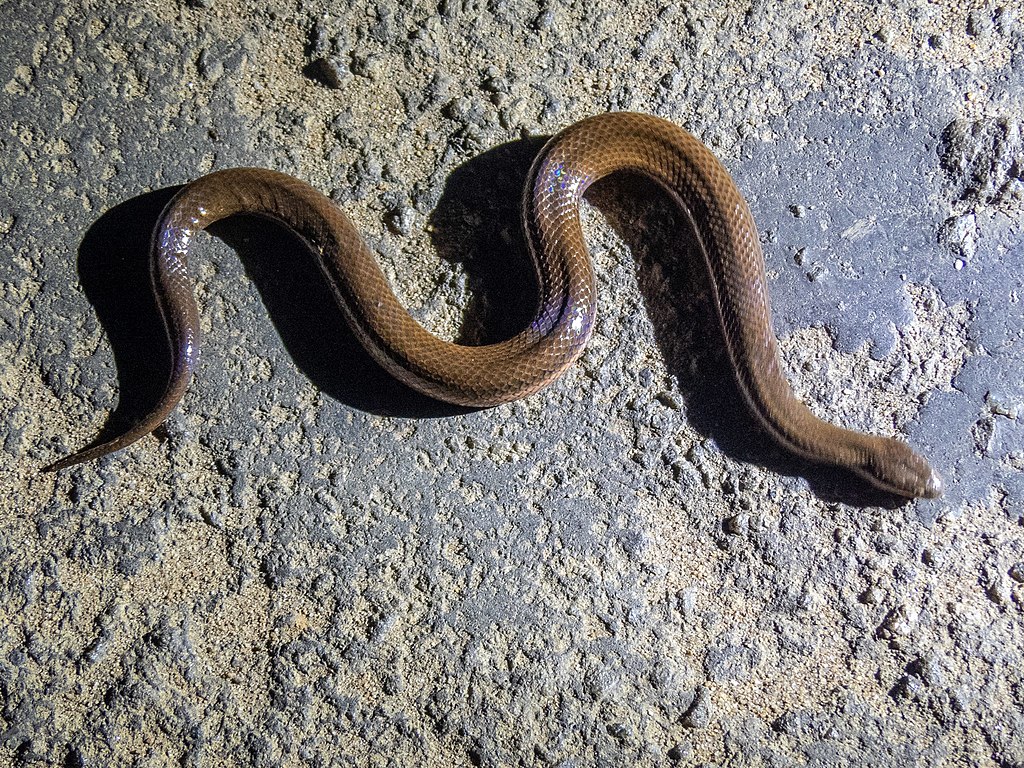
The genus Nerodia comprises several species of water snakes native primarily to North America, with the Northern water snake (Nerodia sipedon) being one of the most widely distributed. These snakes are found throughout eastern and central United States and parts of southern Canada, inhabiting a variety of freshwater environments including lakes, ponds, streams, and wetlands. Other species in this genus include the Southern water snake (Nerodia fasciata), the Diamondback water snake (Nerodia rhombifer), and the Brown water snake (Nerodia taxispilota). While all Nerodia species are adapted for aquatic life, the sophistication of their ripple-hunting techniques may vary between species, with those inhabiting clearer, calmer waters often displaying more refined ripple-making behaviors than those living in fast-moving or murky water conditions.
Hunting Success Rates and Efficiency

Research on water snake hunting behavior has revealed impressive success rates when using the ripple confusion technique. When employing this strategy, Northern water snakes can achieve hunting success rates of up to 60-70% in ideal conditions, significantly higher than the 20-30% success rate observed when they attempt more straightforward pursuit tactics. This efficiency is particularly important for these ectothermic animals, as each hunting attempt consumes valuable energy that must be carefully managed. The ripple technique is most effective in still or slow-moving waters where the created disturbances can propagate without being overwhelmed by natural water movement. Interestingly, juvenile water snakes must learn and refine this hunting strategy, with their success rates gradually increasing as they perfect the technique through repeated hunting attempts.
Preferred Prey and Hunting Locations
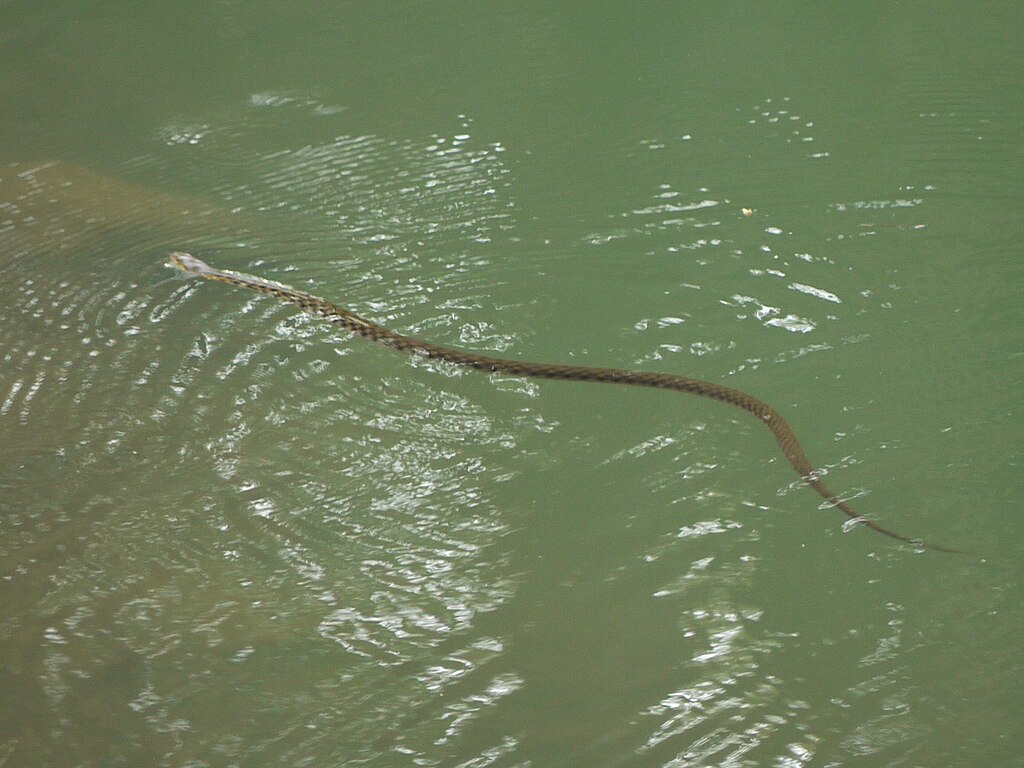
Water snakes employing the ripple confusion technique typically target specific types of prey in particular hunting environments. Small to medium-sized fish like minnows, sunfish, and small catfish are common targets, as they possess highly sensitive lateral line systems that make them vulnerable to the sensory confusion caused by the ripples. Amphibians like frogs and salamanders, while also part of the water snake’s diet, are less frequently hunted using this specific technique as they rely less on lateral line sensing. These snakes prefer hunting in shallow waters near the shoreline of ponds, lakes, and slow-moving streams, where vegetation provides cover for their approach but open water spaces allow ripples to propagate effectively. Dawn and dusk are particularly active hunting periods, as the low light conditions provide additional cover while still allowing the snake sufficient visibility to track confused prey.
Behavioral Flexibility in Hunting
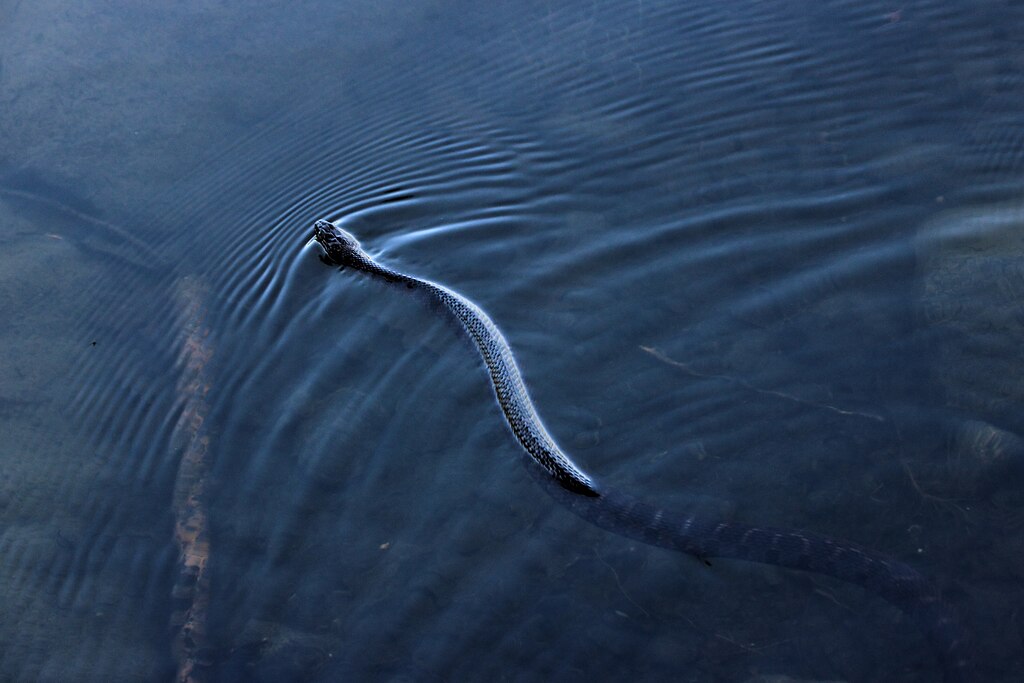
While the ripple confusion technique is a remarkable specialization, water snakes demonstrate impressive behavioral flexibility in their hunting approaches. When environmental conditions aren’t suitable for the ripple technique, such as in fast-flowing water or extremely dense vegetation, these adaptable predators switch to alternative hunting methods. They may employ ambush tactics from submerged positions, actively forage among rocks and plants, or even hunt on land for terrestrial prey when aquatic food sources are scarce. This adaptability extends to seasonal changes in hunting behavior; during colder months when fish are less active, water snakes may focus more on amphibian prey or reduce their overall hunting activity. This behavioral plasticity has been a key factor in the evolutionary success of water snakes across diverse aquatic ecosystems.
Evolutionary Development of the Technique
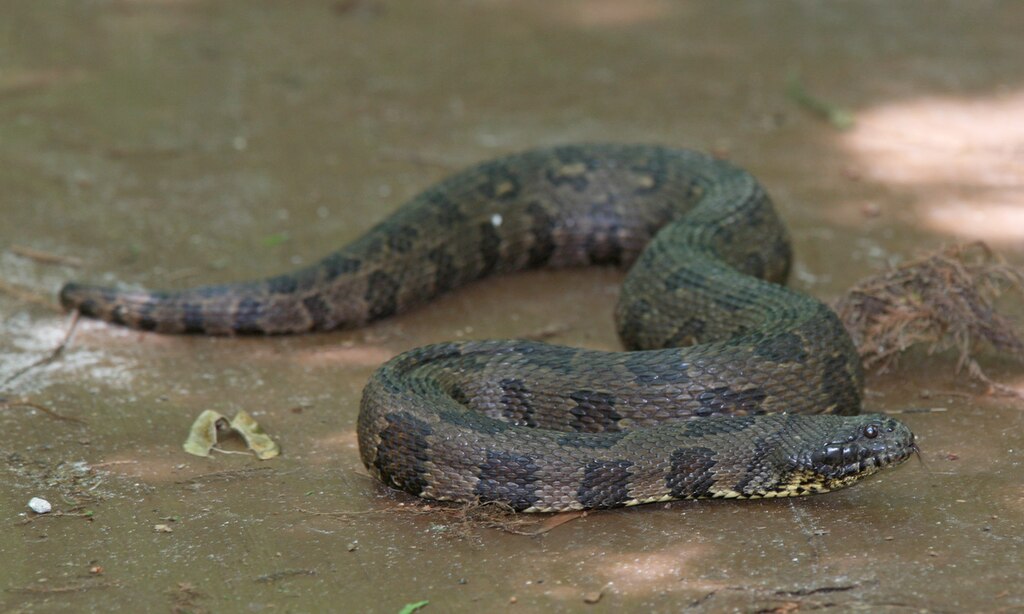
The ripple-confusion hunting method represents millions of years of evolutionary refinement and specialization. Evolutionary biologists believe this technique likely developed as water snakes transitioned from primarily terrestrial ancestors to more aquatic lifestyles. The initial stages probably involved simple behaviors where snakes accidentally discovered that certain movements created advantageous hunting conditions, leading to increased feeding success. Over generations, natural selection favored individuals that could more precisely control these movements, gradually refining the technique into the sophisticated hunting method observed today. Comparative studies of closely related snake species show varying degrees of this ability, suggesting the technique evolved along a continuum rather than appearing suddenly as a fully formed behavior. This evolutionary trajectory highlights how predator-prey interactions can drive the development of highly specialized hunting strategies.
Misconceptions About Water Snakes
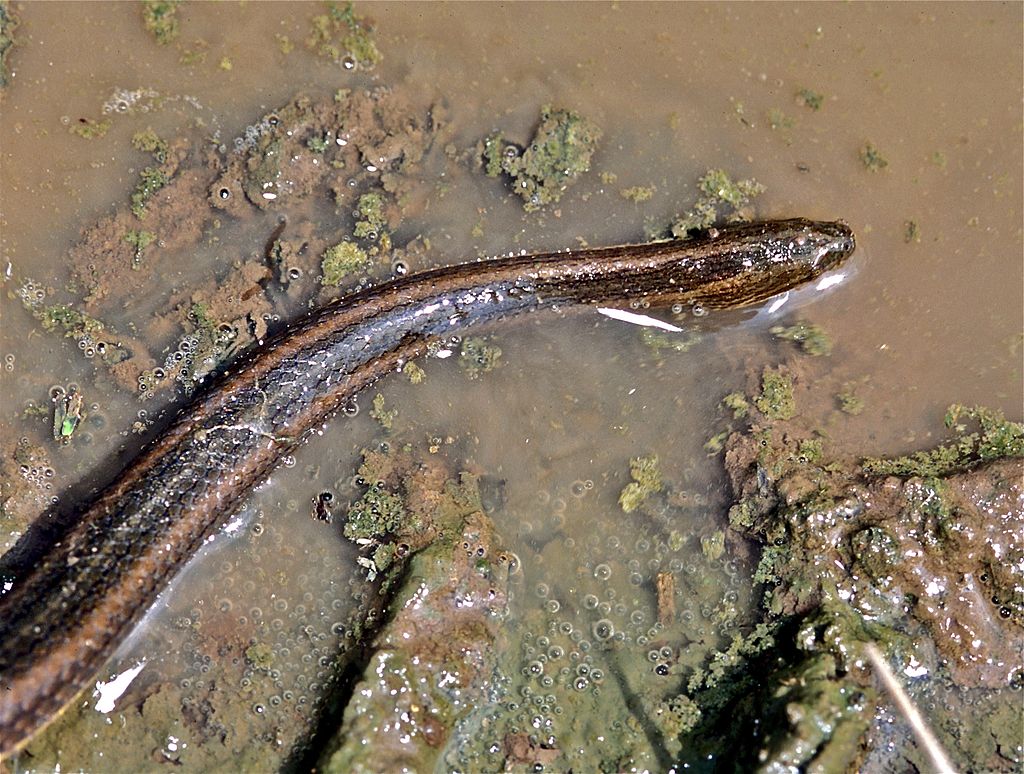
Despite their remarkable hunting abilities, water snakes suffer from widespread misconceptions that often lead to unnecessary fear and persecution. Many people mistakenly identify non-venomous water snakes as venomous cottonmouths (water moccasins), leading to needless killing of these beneficial predators. Another common misconception is that water snakes are aggressive toward humans; in reality, they only bite when directly handled or threatened, preferring to flee when encountering people. Some people believe water snakes can strike underwater with the same speed as on land, but their movements are actually significantly slower in water, which is partly why they’ve developed the ripple technique as a compensation strategy. Additionally, contrary to popular belief, water snakes don’t damage fish populations in healthy ecosystems—they typically remove weaker or diseased individuals, potentially strengthening the overall fish population.
Conservation Status and Threats
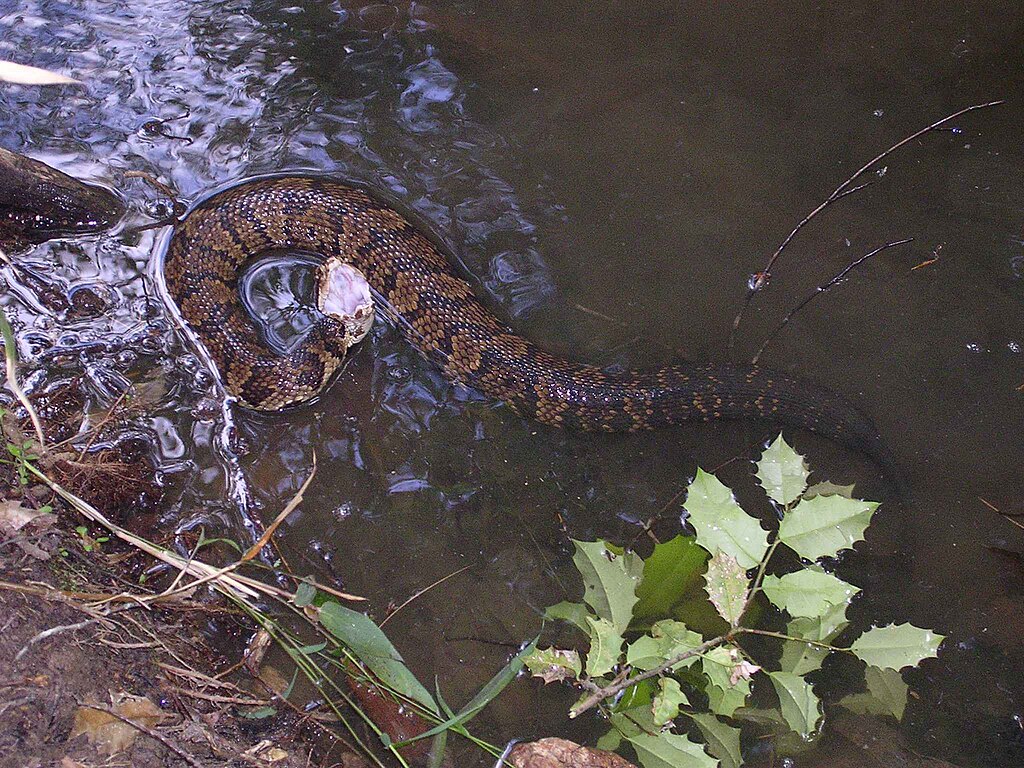
While most water snake species remain relatively common throughout their range, they face increasing pressures from habitat loss and degradation. Wetland drainage, shoreline development, and water pollution all negatively impact the aquatic ecosystems these specialized hunters depend on. Climate change presents additional challenges, as altered precipitation patterns affect water levels in their habitats and potentially disrupt prey availability. Road mortality is another significant threat, particularly during seasonal movements when water snakes travel between water bodies or to upland hibernation sites. Several states have implemented specific protection measures for certain water snake species, with the Lake Erie water snake (Nerodia sipedon insularum) representing a notable conservation success story after being removed from the endangered species list following targeted habitat protection efforts.
Observing Ripple Hunting in the Wild

For wildlife enthusiasts interested in witnessing this fascinating hunting behavior, patience and proper field technique are essential. The best opportunities occur during warmer months (late spring through early fall) when water snakes are most active, particularly during morning and evening hours when they typically feed. Calm, clear, shallow waters provide the best viewing conditions, as both the snake and the ripple effects are more visible. Observers should maintain a respectful distance of at least 15-20 feet, as approaching too closely will cause the snake to abandon hunting and retreat. Binoculars or a spotting scope can provide excellent views without disturbing the animal’s natural behavior. Wildlife refuges, nature preserves, and state parks with protected wetland areas often offer the best opportunities for observing this specialized hunting technique in undisturbed settings.
Future Research Directions
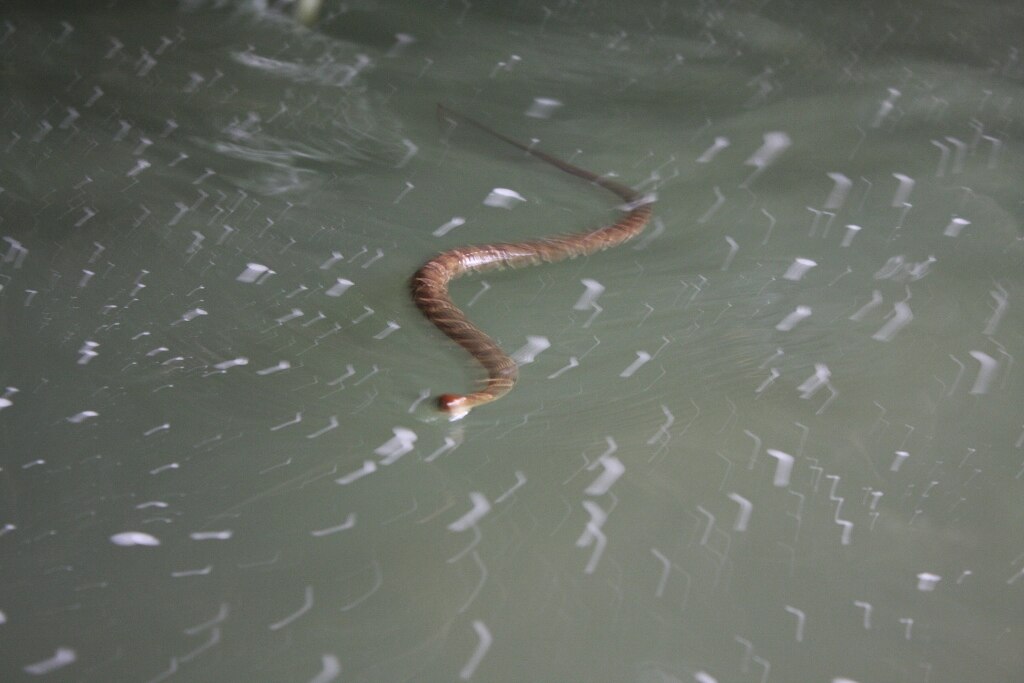
The ripple confusion technique employed by water snakes continues to intrigue biologists and offers several promising avenues for future research. High-speed underwater videography combined with water flow analysis could provide more detailed insights into exactly how the ripples are created and how they interact with fish sensory systems. Comparative studies across different Nerodia species could reveal how the technique varies based on specific habitat conditions and prey specializations. Neurological research examining how fish process and respond to these confusing stimuli might yield insights applicable to broader questions about sensory processing in aquatic environments. Additionally, investigating potential applications in bio-inspired technologies, such as underwater robotics or fishing techniques, represents an exciting interdisciplinary research direction that could translate this natural phenomenon into innovative human applications.
Conclusion
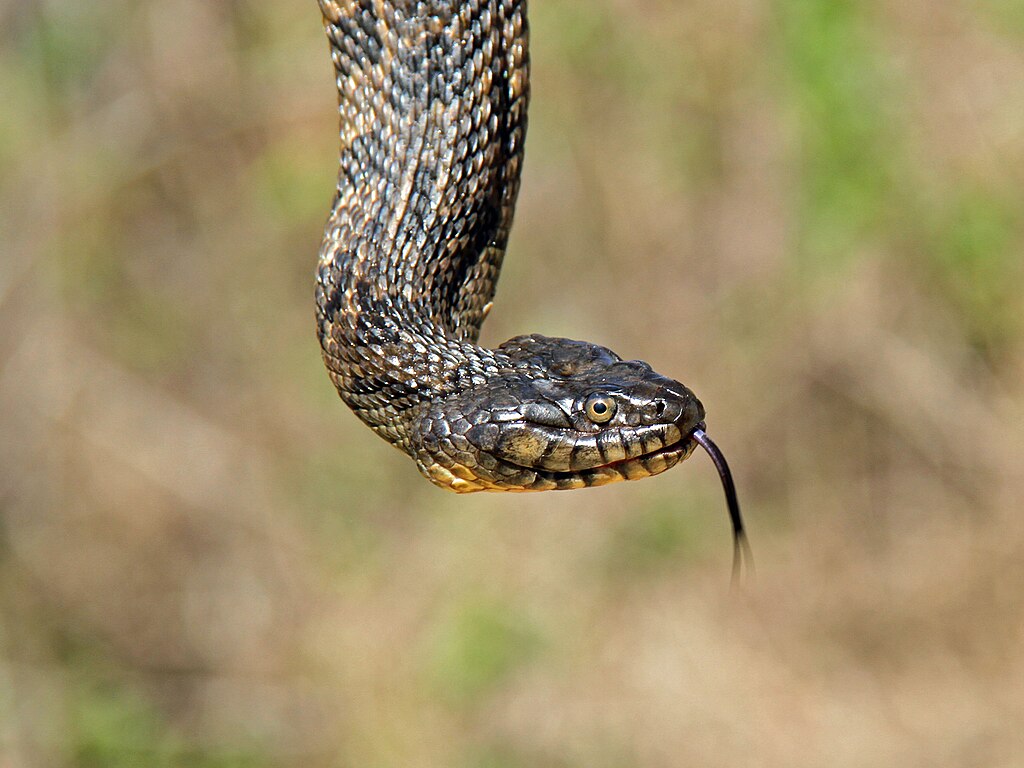
The water snake’s ripple confusion hunting technique stands as a remarkable example of evolutionary specialization and predator-prey coevolution. These semi-aquatic reptiles have developed a hunting strategy that goes beyond simple pursuit or ambush tactics, instead manipulating the physical properties of their environment to exploit the sensory limitations of their prey. This sophisticated approach demonstrates how natural selection can produce highly refined behaviors tailored to specific ecological niches. As we continue to study these remarkable hunters, we gain not only a deeper appreciation for their unique abilities but also valuable insights into the complex interplay between physics, biology, and behavior in aquatic ecosystems. The next time you observe a water snake moving through a pond or stream, remember that you’re witnessing not just a simple reptile, but a highly evolved predator employing hunting techniques refined across millions of years of evolution.

